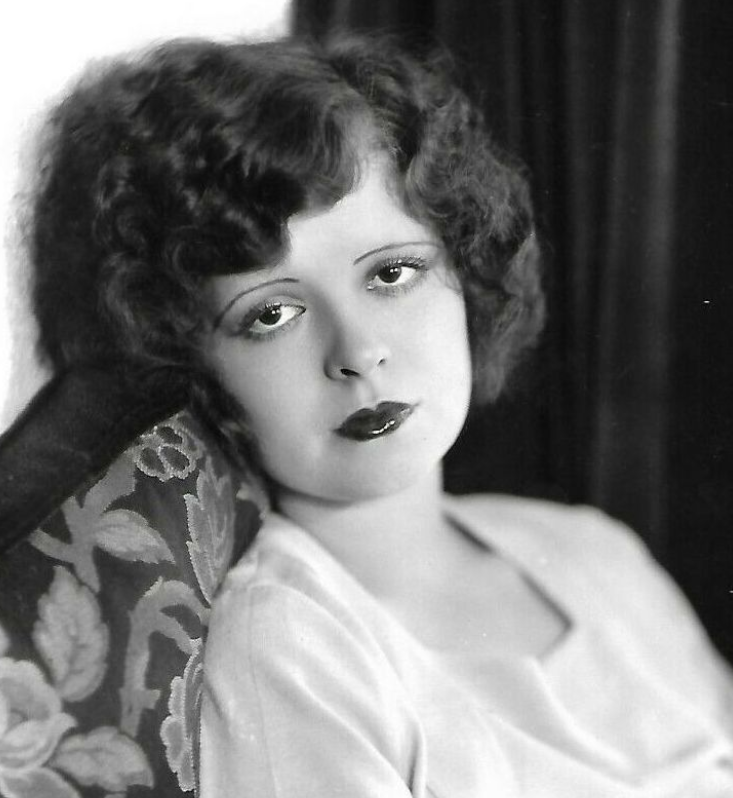Clara Bow, a luminary of the silver screen during the 1920s, continues to captivate audiences with her timeless allure and enigmatic persona
The question of Clara Bow’s sexual orientation continues to intrigue and fascinate generations of fans and scholars alike.
While speculation persists, it is essential to approach discussions about her personal life with nuance and critical inquiry.
Ultimately, Clara Bow’s legacy transcends the rumors and gossip surrounding her romantic entanglements, solidifying her status as an enduring icon of the silver screen.
Clara Bow’s dating history serves as a captivating narrative of love, passion, and resilience, embodying the essence of a true Hollywood icon.
Despite facing personal struggles and controversies, she remains an iconic figure in Hollywood history, remembered for her indelible contributions to cinema.
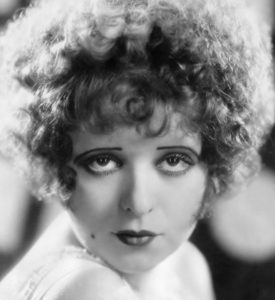
You May Also Like: Francesca Cumani Pregnancy News in 2023: Latest Updates, Career, Family and More
Table of Contents
Clara Bow Sexual Orientation: Was She Gay?
Clara Bow, the luminous star of the silent film era, remains an enigma, especially when it comes to her personal life.
Delving into her story sparks curiosity and speculation, particularly regarding her sexuality.
Clara Bow’s Close Relationships: Insights into Possible Same-Sex Attraction
Bow’s intimate friendships with women, notably Dorothy Arzner, a director who openly identified as a lesbian, raise intriguing questions.
These bonds, combined with Bow’s defiance of societal norms both on and off the screen, invite scrutiny into her romantic inclinations.
Unpacking Bow’s Role in Pre-Code Films: Nuances of Same-Sex Desire
Bow’s participation in pre-Code films, which occasionally hinted at themes of same-sex attraction, adds depth to the discourse.
However, the challenge lies in interpreting her sexuality within the constraints of historical context and the limited evidence available.
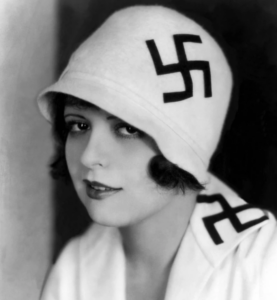
Navigating Historical Perspectives on Sexuality
Understanding Bow’s sexual orientation necessitates grappling with the evolution of terminology and societal norms.
The labels and definitions of sexual orientations, such as “gay,” differed significantly in Bow’s era compared to modern times, complicating the analysis.
Clara Bow’s Enduring Legacy: Beyond Personal Speculation
Despite the ambiguity surrounding her personal life, Bow’s professional achievements shine brightly.
As “The It Girl” of the Roaring Twenties, she left an indelible mark on Hollywood, seamlessly transitioning from silent films to talkies and captivating audiences with her charm.
Conclusion: Embracing Interpretation and Respecting Privacy
While speculation about Clara Bow’s sexuality persists, definitive answers remain elusive. It’s essential to approach her story with sensitivity, acknowledging the complexities of historical context and the fluidity of sexual identity.
Ultimately, Clara Bow’s legacy transcends personal conjecture, solidifying her status as a Hollywood icon whose influence continues to resonate in film history.
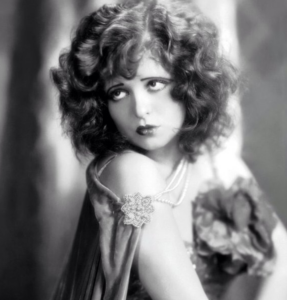
Clara Bow: Dating History
Clara Bow’s Marital Journey and Romantic Engagements
Clara Bow, the iconic Hollywood starlet, navigated through various chapters of romance in her eventful life.1
Let’s delve into the intricacies of her relationships, from marriage to engagements, capturing the essence of her captivating love life.
Clara Bow’s Marriage to Rex Bell (1931 – 1962)
Clara Bow tied the knot with actor Rex Bell in 1931, marking the beginning of a significant chapter in her life. Their union endured for over three decades until Bell’s passing in 1962.
Together, they experienced the highs and lows of life in the spotlight, showcasing a bond that stood the test of time amidst the glitz and glamour of Hollywood.
Clara Bow’s Engagement to Victor Fleming (1926)
In 1926, Clara Bow found herself in the midst of an engagement to Victor Fleming, adding a fascinating layer to her romantic history.
Fleming, a prominent filmmaker of his time, shared moments of affection and anticipation with the vivacious Bow. Although their engagement didn’t culminate in marriage, it remains a notable highlight in Bow’s romantic journey.
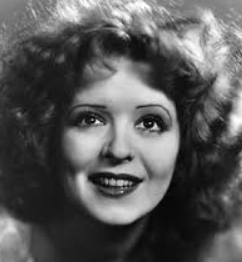
Unraveling Clara Bow’s Love Life
Beyond her marriages and engagements, Clara Bow’s love life remains a subject of intrigue and speculation. Her magnetic presence on screen often mirrored the complexities of her personal relationships, captivating audiences with every twist and turn.
While her union with Rex Bell stood as a testament to enduring love, her engagement to Victor Fleming added a touch of Hollywood allure to her romantic repertoire.
The Enduring Legacy of Clara Bow
Clara Bow’s legacy transcends the silver screen, encompassing her enduring impact on cinema and culture. Her enigmatic love life serves as a captivating subplot in the narrative of her illustrious career, adding depth to her persona as an iconic figure of the Roaring Twenties.
As we reminisce about the golden age of Hollywood, Clara Bow’s name shines brightly among the stars, forever immortalized in the annals of cinematic history.
Also Read: Is Ray Martin Wearing a Wig? Latest Health News 2023
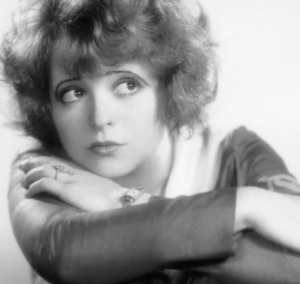
Clara Bow: Bio
Early Life and Rise to Fame
Clara Gordon Bow, born on July 29, 1905, and raised in Prospect Heights, Brooklyn, emerged as a prominent figure in the silent film era of the 1920s.2
With her infectious energy and remarkable acting prowess, she swiftly ascended to stardom, earning the title of the quintessential flapper of her time.
Embodying the Roaring Twenties
Bow’s captivating performances, particularly in the film “It,” catapulted her to international recognition, solidifying her status as the embodiment of the roaring twenties.
Renowned for her vivacity and charm, she became synonymous with the era’s free-spirited attitude and is celebrated as its foremost sex symbol.
Notable Works
Throughout her career, Bow starred in a total of 46 silent films and 11 talkies, leaving an indelible mark on cinematic history.
Among her notable works are classics like “Mantrap” (1926), “It” (1927), and “Wings” (1927), showcasing her versatility and enduring appeal to audiences worldwide.

Box-Office Success
Bow’s popularity reached unprecedented heights, making her the top box-office draw in both 1928 and 1929, and second only in 1927 and 1930.
Her involvement in a film was regarded as a guarantee of financial success, with an impressive track record of securing profitable returns for investors.
Enduring Legacy
During the peak of her career in January 1929, Bow received an astounding 45,000 fan letters, a testament to her immense popularity and influence.
Despite retiring from acting after “Hoop-La” (1933), she continued to captivate audiences through her legacy as a cultural icon.
Life Beyond Hollywood
Following her retirement from the entertainment industry, Bow embarked on a new chapter as a rancher in Nevada.
In 1931, she tied the knot with actor Rex Bell, who later pursued a career in politics and served as Lieutenant Governor. Together, they welcomed two sons, embracing a life away from the limelight.
Clara Bow’s journey from a tumultuous childhood to becoming a silent film sensation is a testament to her resilience, talent, and enduring legacy.
FAQ’s
Read More: Is Chevy Chase Still Alive? Dive into the Latest Health News and Illness Updates
